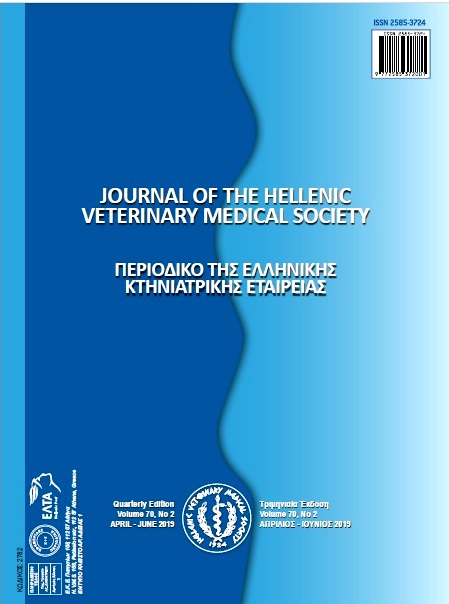A Effect of oxidative stress on the reproductive performance of Hair Goat

Abstract
Small ruminants are the type of animals that make the most of unsuitable land and contribute significantly to the country's economy. In order to achieve maximum yield from these animals, it is necessary to optimize nutrition and minimize stress factors. One of the important consequences of management and nutrition has been demonstrated by scientists to be oxidative stress. Oxidative stress affect the normal functioning of many physiological systems. In this study, oxidative stress index (OSI), total oxidation level (TOS) and total antioxidant (TAS) levels were investigated in 20 male and 100 female hair goats during the breeding season (October) and out-of-season (May). Females between the ages of 2-6 years and male hair goats aged 2-4 years were used in the study. The correlation between TAS, TOS, and OSI and fertility was evaluated according to sex and season. TAS, TOS and OSI values in female hair goats in October and May were, respectively; 1.28, 1.34; 11.02, 7.13; 0.87, 0.53; in males 1.32, 1.44; 4.24, 8.84; 0.32, 0.63 μmol/L. As a result, it was concluded that as the TOS level increased, the yield of the offspring decreased, and the increase in the TAS level positively affected the yield of the offspring.
Article Details
- How to Cite
-
Dursun, S. (2023). A Effect of oxidative stress on the reproductive performance of Hair Goat . Journal of the Hellenic Veterinary Medical Society, 74(2), 5649–5654. https://doi.org/10.12681/jhvms.29668
- Issue
- Vol. 74 No. 2 (2023)
- Section
- Research Articles

This work is licensed under a Creative Commons Attribution-NonCommercial 4.0 International License.
Authors who publish with this journal agree to the following terms:
· Authors retain copyright and grant the journal right of first publication with the work simultaneously licensed under a Creative Commons Attribution Non-Commercial License that allows others to share the work with an acknowledgement of the work's authorship and initial publication in this journal.
· Authors are able to enter into separate, additional contractual arrangements for the non-exclusive distribution of the journal's published version of the work (e.g. post it to an institutional repository or publish it in a book), with an acknowledgement of its initial publication in this journal.
· Authors are permitted and encouraged to post their work online (preferably in institutional repositories or on their website) prior to and during the submission process, as it can lead to productive exchanges, as well as earlier and greater citation of published work.



